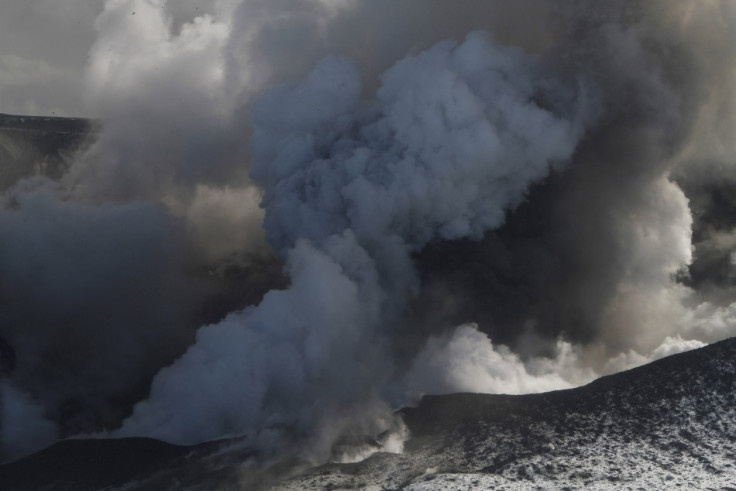Dormant Volcanoes in Europe: Icelandic Volcano Katla and Laacher lake Volcano Show Signs of Eruption

Europe faces increased volcanic activity which can cause widespread havoc in the region in case of an eruption.
Icelandic volcano Katla and the Laacher See lake volcano near Bonn in Germany are two imminent threats for the continent. Experts are of the opinion that there are signs of a significant seismic activity in the area indicating a possible eruption of both the volcanoes.
Katla lies under one of Iceland's largest glaciers and any eruption of the sleeping giant could cause melting of its frozen surface and releasing of gallons of water into the Atlantic Ocean.
"There has been a great deal of seismic activity," the BBC quoted Ford Cochran, the National Geographic' expert on Iceland, as saying in October, 2011.
According to Cochran, nearly 500 tremors were detected in and around the caldera of Katla just in October which indicated the motion of magma. Katla usually erupts in 40 to 80 years and the last Katla eruption was in 1918, which resulted in large scale flooding and floating of icebergs into the ocean.
However a dormant volcano under the Laacher lake in Bonn, Germany, is reportedly showing signs of increased seismic activity. If it erupts, the ash and magma could reach even southern London, which is 390 miles away from the location.
According to a Daily Mail report, the Laacher See volcano is still active as carbon dioxide is bubbling up to the lake's surface, which indicates that the magma chamber below is 'degassing'.
The Laacher lake volcano usually erupts every 10 to 12,000 years. It reportedly exploded 12,000 years ago. Experts believe that it is similar in size to the Mount Pinatubo in the Philippines which had a violent eruption in 1991.
The airline industry is the most affected by the cloud of ash and magma released by any volcanic activity. The effect of the volcanic eruption on climate normally depends on the nature of eruption, duration and the weather patterns at the time of eruption.
In April 2010, the Eyjafjallajokull volcano brought European air traffic to a grinding halt for one week affecting about 10 million air travellers. Iceland witnessed another volcanic eruption in May 2011 when the Grimsvotn volcano spewed clouds of smoke and ash to a height of 20 kilometres.
Recently there were reports of a small scale eruption of the Cleveland volcano in Alaska's Aleutian Islands. But it did not cause any major disruptions to air traffic and scientists have also lowered the threat level of the volcano.
Iceland is situated in the Mid-Atlantic Ridge and is a geologically active area with several volcanoes.
© Copyright IBTimes 2025. All rights reserved.




















